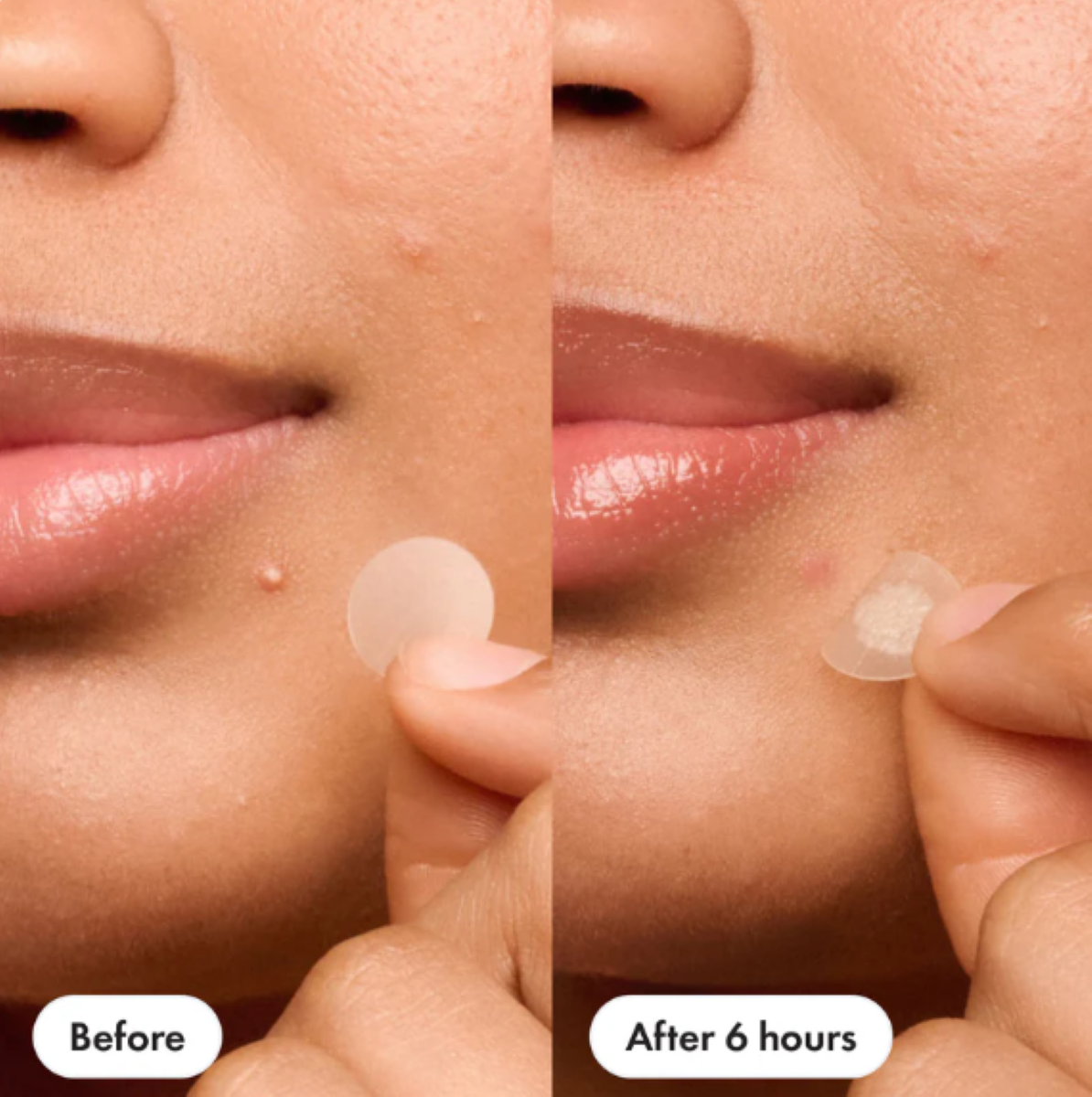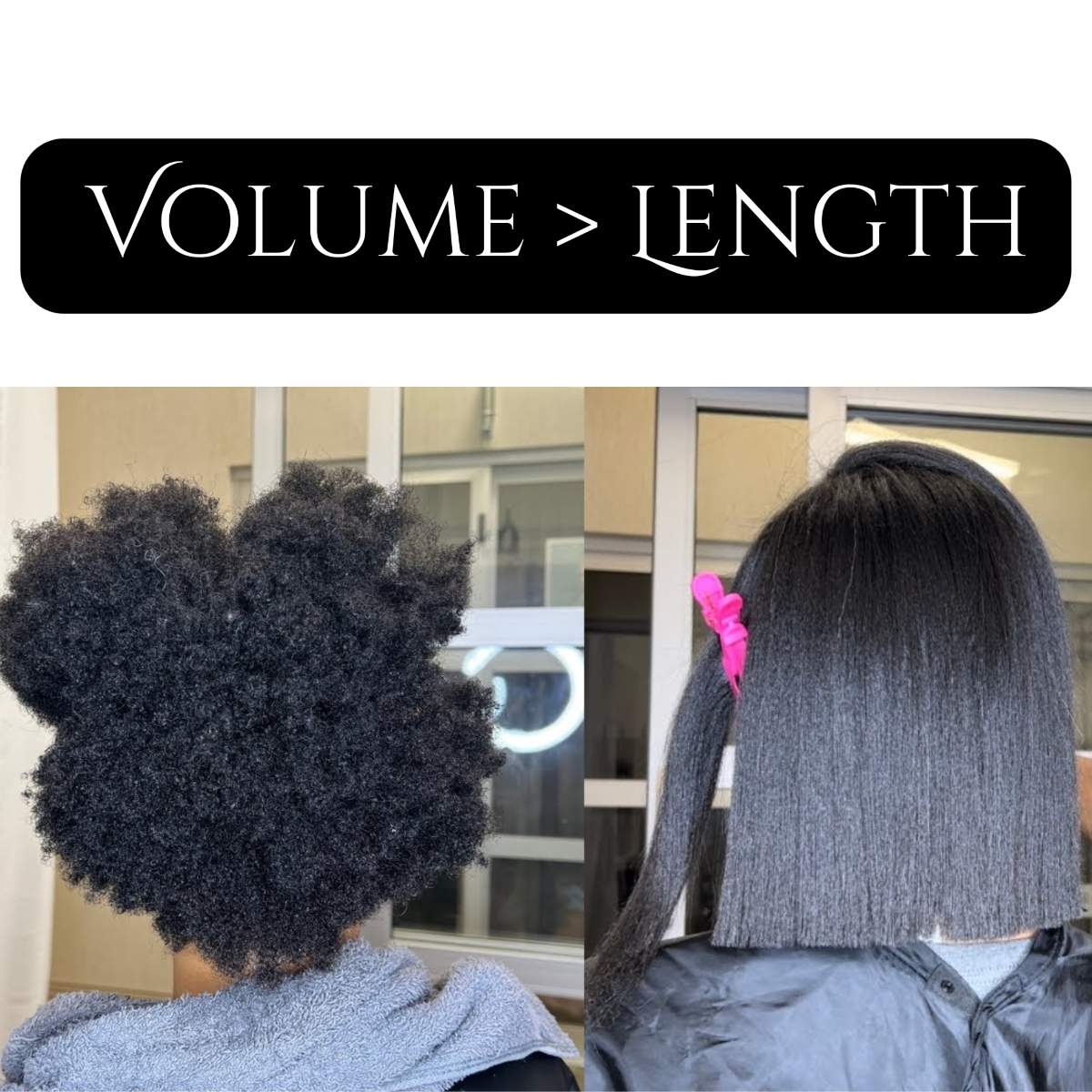There’s nothing more frustrating than waking up to an angry red spot on your face. Pimples always seem to appear right before important moments—photoshoots, dates, presentations, or just days when you want your skin to behave. For years, hydrocolloid pimple patches have been the go-to solution. They promised to flatten breakouts overnight and protect the skin from dirt and bacteria.
But recently, a new rival has started gaining attention: liquid pimple patches. These are paint-on formulas that dry down to form an invisible protective film over a blemish. They’re trending on Instagram and TikTok because they claim to do everything a patch does—without the visible sticker.
So which one is worth investing in if you’re in Kenya? Let’s break it down.
Hydrocolloid Patches: Tried and Trusted
Hydrocolloid patches are the small circular stickers that many of us are familiar with. They work by:
-
Absorbing fluid and oil from pimples.
-
Creating a barrier that keeps out bacteria and stops you from picking.
-
Reducing swelling and redness so that spots look smaller by morning.
In Kenya, you can find hydrocolloid patches from brands like COSRX, Nexcare, and some K-beauty imports. They’re generally affordable compared to newer treatments, making them accessible for students and young professionals.
Best for: Whiteheads or pimples that have already come to a head.
How fast do they work? Many users see results overnight. A pimple looks flatter and less inflamed by the next morning.
Drawbacks:
-
They’re visible, especially on deeper skin tones. Even “clear” versions can show through.
-
They don’t sit well under makeup—you’ll often see a bump.
-
They aren’t effective for deep, cystic acne under the skin.
Liquid Pimple Patches: The New Trend
Liquid pimple patches are shaking up the spot-treatment world. Instead of sticking something onto your skin, you apply a thin layer of liquid with a brush or wand. As it dries, it forms a transparent film that seals the blemish.
Many formulas include active ingredients such as:
-
Salicylic acid to unclog pores.
-
Niacinamide to calm inflammation and fade redness.
-
Tea tree oil for antibacterial action.
Why people are excited about them:
-
They’re virtually invisible once dry. No sticker, no shine, no obvious patch.
-
Perfect for daytime wear, even under makeup. Foundation or powder can be applied over the film without peeling.
-
They’re more versatile because they can be used on early-stage pimples that haven’t come to a head yet.
Best for: Red, inflamed pimples or early breakouts that you want to hide while treating.
How fast do they work? They don’t always flatten a spot overnight the way hydrocolloid patches do, but they help calm irritation and prevent the breakout from getting worse.
Drawbacks:
-
Usually more expensive than hydrocolloid patches in Kenya.
-
Need reapplication if you sweat or touch your face often.
-
Don’t give the same satisfying “gunk removal” effect that stickers provide.
Side-by-Side Comparison
-
Speed: Hydrocolloid patches win. If you want to shrink a pimple quickly, especially overnight, they’re more effective.
-
Discretion: Liquid patches win. They’re practically invisible, making them the better choice under makeup or during the day.
-
Affordability: Hydrocolloid patches are budget-friendly and widely available. Liquid patches cost more because they’re newer and harder to source locally.
-
Skin type match: Hydrocolloids are great for oily, breakout-prone skin with visible whiteheads. Liquid patches are better if your concern is redness, irritation, or needing something invisible for work or social events.
Which Should You Buy in Kenya?
If you’re just starting your acne-care journey, hydrocolloid patches are the safer, more affordable option. They’re proven, they work quickly, and they’re easy to find from K-beauty shops in Nairobi and online.
If you’re willing to spend a little extra for discretion, then liquid patches might be your new favorite. They’re perfect for people who want to treat spots without drawing attention, especially if you wear makeup or attend professional settings where stickers might feel obvious.
The ideal scenario? Keep both in your skincare kit. Use hydrocolloid patches overnight when you don’t care about how they look. Use liquid patches during the day for protection and confidence without sacrificing your look.
Final Thoughts
The evolution from sticker patches to liquid patches shows how far skincare innovation has come. Both options serve slightly different purposes, so the best choice depends on your lifestyle, budget, and skin concerns.
For Kenyans dealing with unpredictable breakouts, it’s reassuring to know there are now more choices than ever before. Whether you stick to the tried-and-true hydrocolloid or experiment with liquid patches, one thing is certain: acne spot treatments have officially leveled up.



